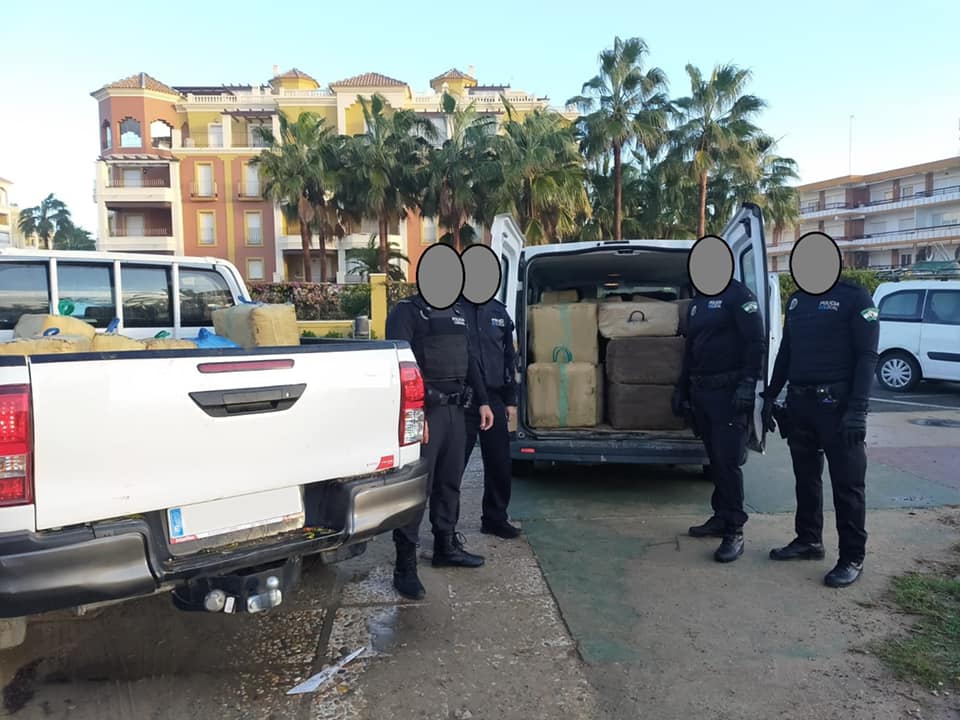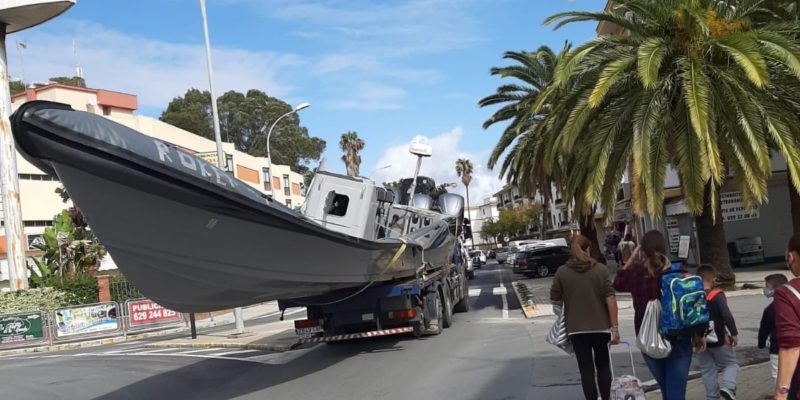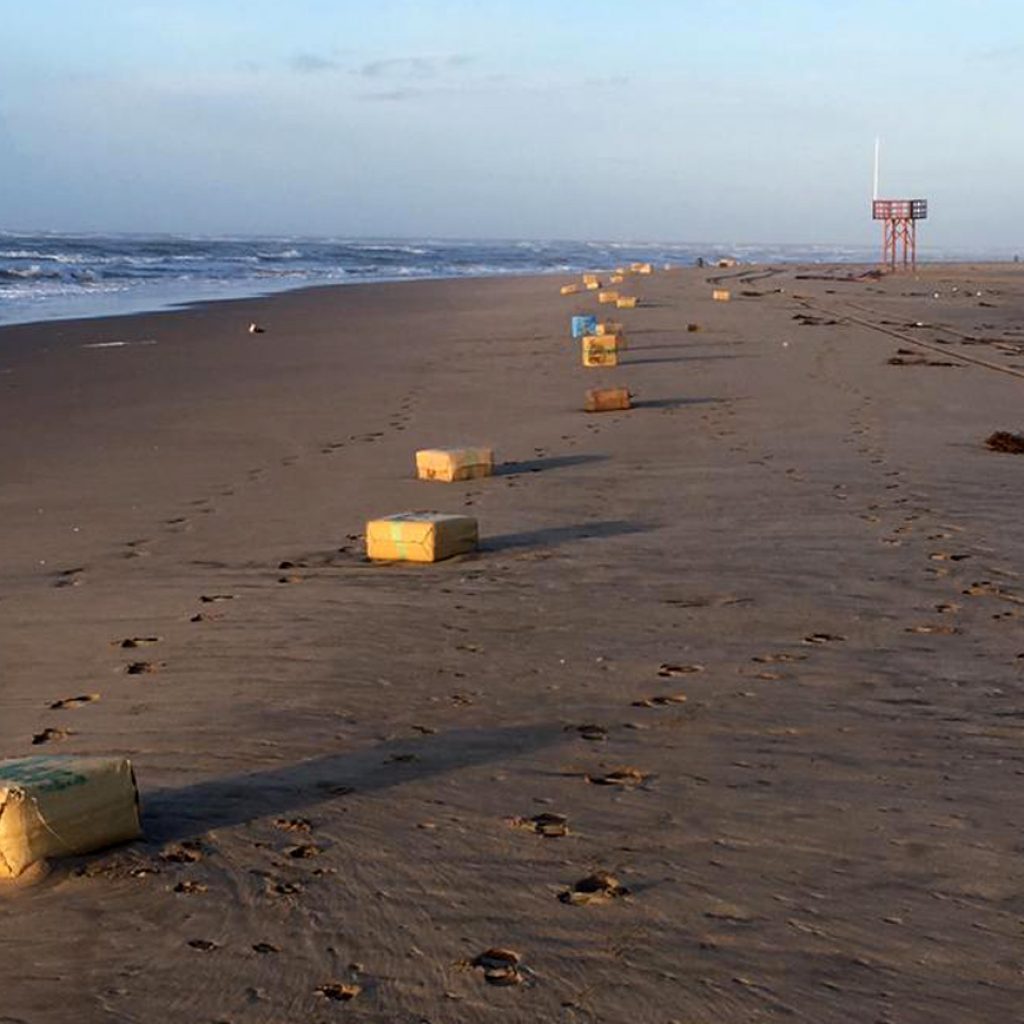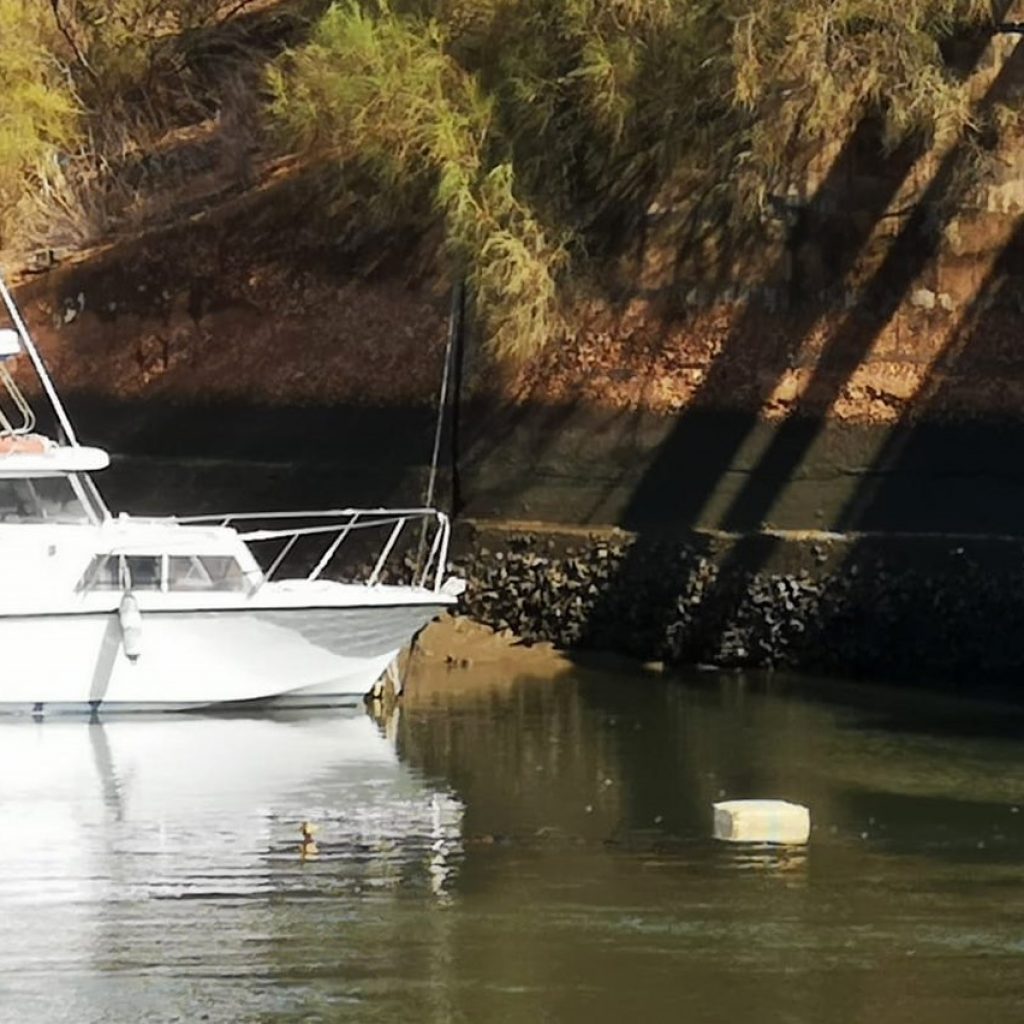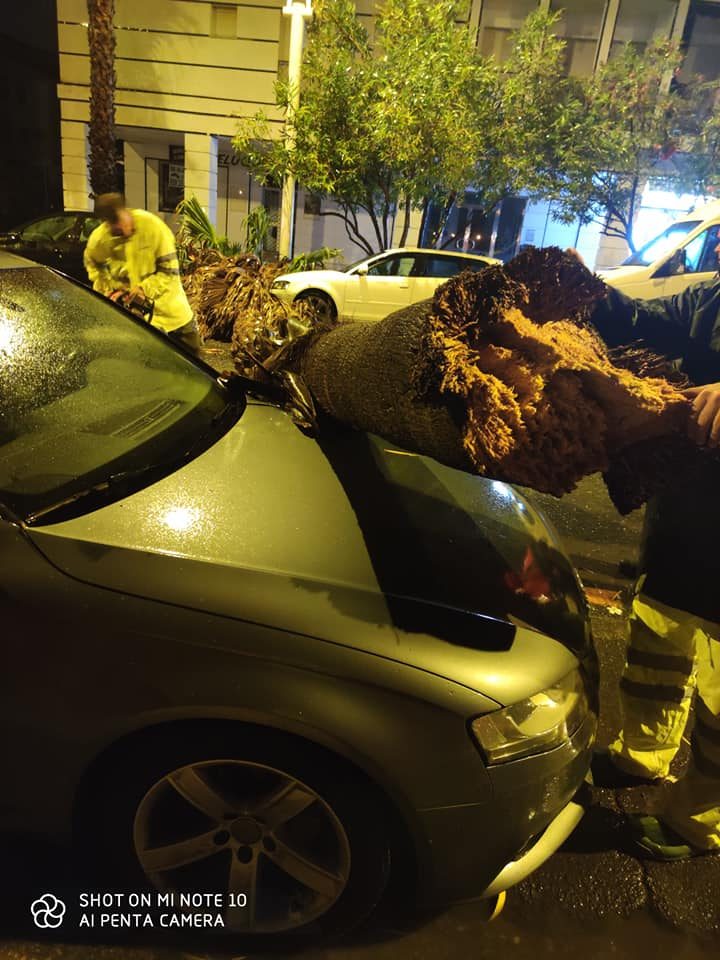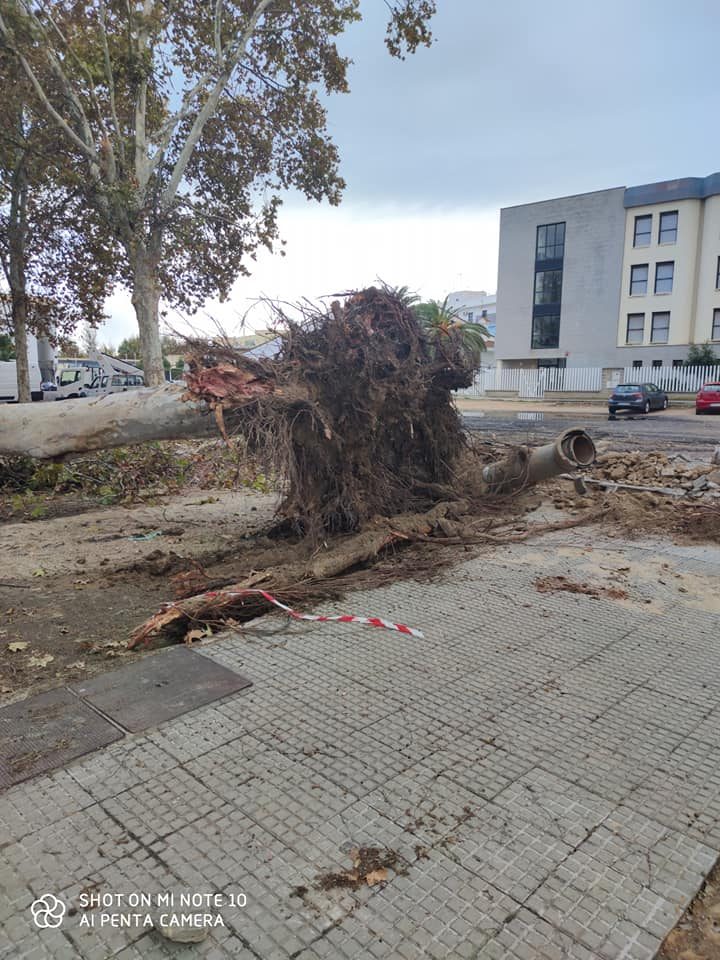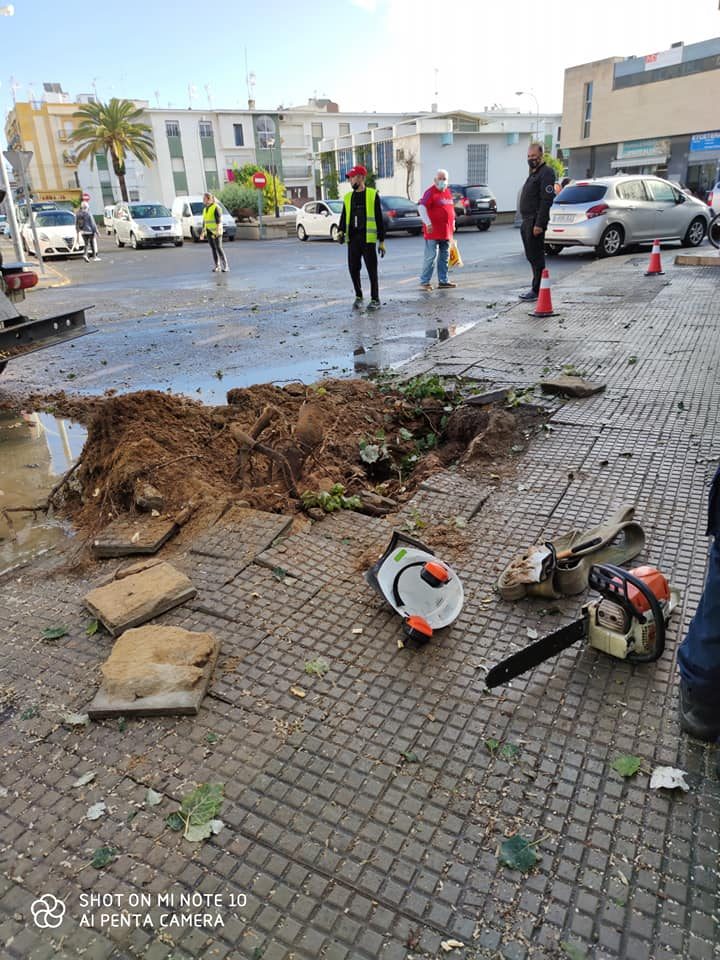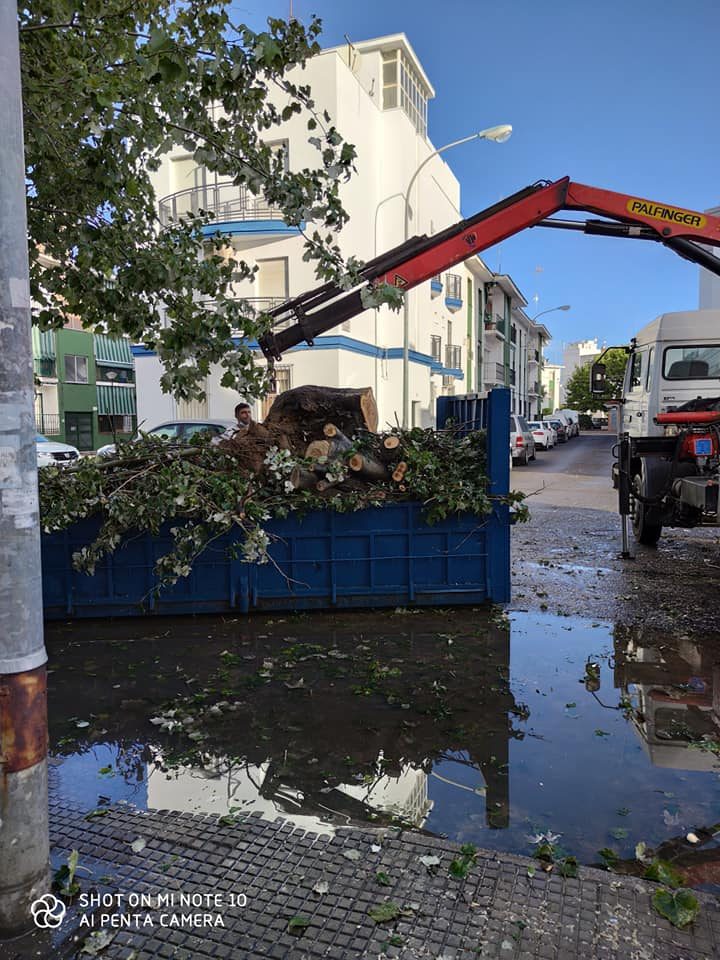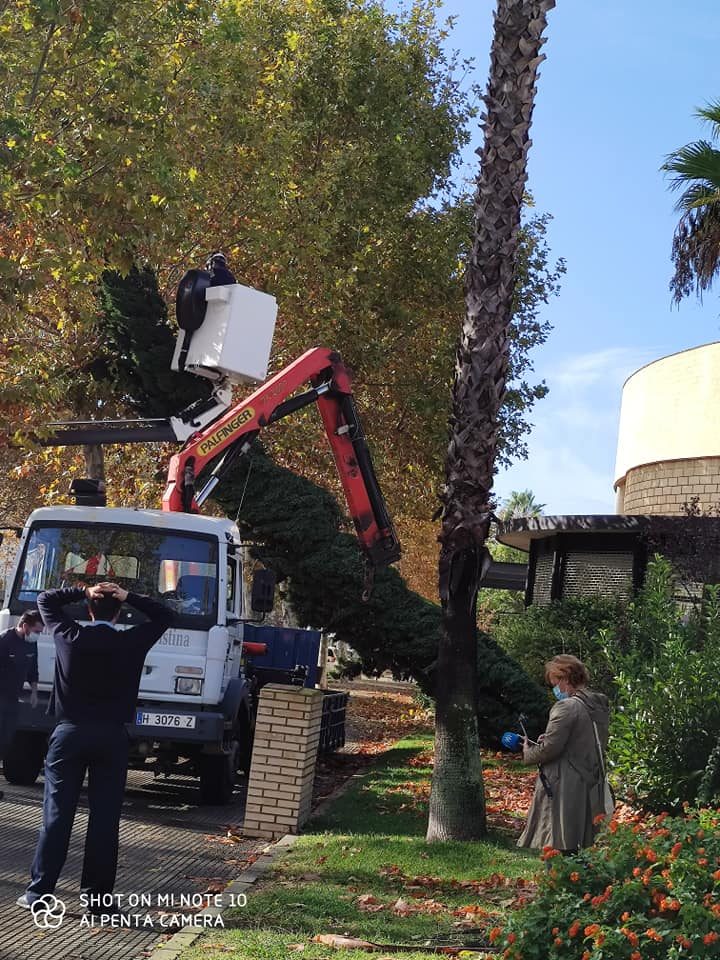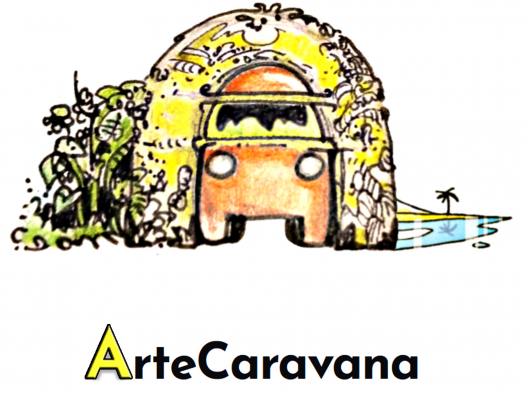
Leather handicraft straight from the workshop on four wheels
Wandering through Iberian lands
Isla Cristina – an inconspicuous town that, apart from beautiful beaches and delicious seafood, will surprise us with something else.
23/10/2020 10:28 AM
Isla Cristina is a charming town situated on the coast of the Huelva province. It is often chosen by tourists as the perfect place to relax because it is not only close to Portugal, where you can go for a trip, but also quite close to Seville and even one-day trips are organized from here to Gibraltar. So we can visit three countries during one vacation!

ISLA CRISTINA
In addition, Isla Crsitina is one of the most important fishing ports in Spain, distinguished from others not only by the size of the fleet, but also by the abundance and variety of catches. It is here that we can enjoy the locally caught white shrimp (gamba blanca), which only lives in this region. The town located on the Costa de La Luz, or the Coast of Light, boasts beautiful, wide, sandy beaches, a pleasant ocean breeze, delicious food and many other advantages that make it such an interesting place for tourists.




ITS HISTORY
Why is it called an island of Christina? Let's go back to the 18th century when José Faneca and his family settled here. He built a well next to the fig tree and drew fresh water from it. In Spanish, the fig tree is La Higuera and it was this well that became the symbol of the settlement slowly forming around it and gave it also its name - the inhabitants began to call the emerging village La Figuereta or La Higuerita. Due to its very strategic location and the abundance of the ocean, the settlement grew rapidly.





At the beginning of the 19th century, after only 50 years, the settlement had already 950 inhabitants. In 1802 it was renamed Real Isla de la Higuerita - the Royal Island of the Fig Tree. In the 1830s, an epidemic of cholera broke out at the mouth of the Guadiana River. It quickly spread not only towards La Higuerity but even to regions as distant as Granada and Extremadura. The inhabitants of La Higuerity received enormous help from the then ruling regent, María Cristina de Borbón, and it was in her honor that the name was changed for the Island of Christina - Isla Cristina - it has remained so until today. However, when you talk to older people, you will notice that some still use the name La Higuerita.


However, Isla Cristina has one more sweet secret - it is not only the perfect place to spend a vacation, it is also the drug paradise of Europe. It is here that kilograms of Moroccan hashish (similarly to Cadiz) or Colombian cocaine come to our continent, which are then distributed throughout Spain and further - to France, Germany or Poland. I might be tempted to say that it's as easy to get to know a fisherman or a marisquero (seafood catcher) here as a narcotraficante (drug trafficker). The way in which packages with hash get to the local beaches is very interesting - they arrive on motorboats, specially converted to reach speeds unattainable for the local Civil or Port Guards. With additional engines and usually one "captain", they reach the coast at night, to an agreed transfer point where kilograms of hashish are collected in a few minutes by several 4x4 cars. Such actions are quick and efficient, but of course sometimes it happens that individual packages are found in the morning by people walking their dogs on the beach or jogging. Such inattention, resulting from rush, usually costs the smugglers only one package (about 33-34kg), while Hurricane Barbara, which wreaked havoc in the area a few days ago, brought a greater surprise.



On Wednesday, in the neighboring town of Isla Canela, 86 "packages" were found on the beach, each 33-34 kg, which gives us a total of 3000 kg. Imagine finding 3 tons of hash during your morning walk, the wholesale price of which, according to police reports, is between EUR 1,300 - 1,900 per kilogram. So there was at least 3,900,000 EUR on the sand. It is said that the same kilogram can later be sold for as much as EUR 30,000 to EUR 32,000 in some European countries. I leave the mathematics to you. By the way, the local police got a "narcolancha" - lancha in Spanish is simply a boat, a motorboat, and we all know what narco means. With four engines and reworked to avoid getting caught, it is also a valuable asset.
Sources of photos and information about hurricane:
- https://www.diariodehuelva.es/2020/10/22/ayamonte-droga-temporal/?fbclid=IwAR33qMB84GLLPP5GAE4Un8dRYuN4cpLGiGQBv_-_po8MrFVWkR_PTAL-oFc
- https://www.huelvahoy.com/el-hachis-hallado-en-isla-canela-se-eleva-a-3-000-kilos/?fbclid=IwAR1mu8Iu318Jh7URxAt6sqCBOlJOLXNXV7mh–2C6ZAzBP5g1AdQHnH3pKEhttps://www.huelvahoy.com/el-hachis-hallado-en-isla-canela-se-eleva-a-3-000-kilos/?fbclid=IwAR1mu8Iu318Jh7URxAt6sqCBOlJOLXNXV7mh–2C6ZAzBP5g1AdQHnH3pKE
- https://www.facebook.com/marmoreno.es/
- https://sevilla.abc.es/andalucia/huelva/sevi-temporal-siembra-playa-huelva-fardos-droga-procedentes-mar-202010211745_noticia.html?fbclid=IwAR3FA46fv1yJ4MV5wfqBZFsXJkMQUmeU8E4j04j_6rLRkDdv-k1yg8Mnud0#vca=amp-rrss-inducido&vmc=abcdesevilla-es&vso=fb&vli=noticia.foto&ref=http:%2F%2Fm.facebook.com%2F
Hurricane Barbara itself, unfortunately, wreaked havoc - trees uprooted, collapsed on cars parked in the streets, broken windows, flooded streets are just some of the problems that residents of Isla Cristina, but also of the surrounding towns, have to struggle with after Tuesday night.
https://www.facebook.com/Servicios-Generales-Ayto-Isla-Cristina-2307025879312243/



